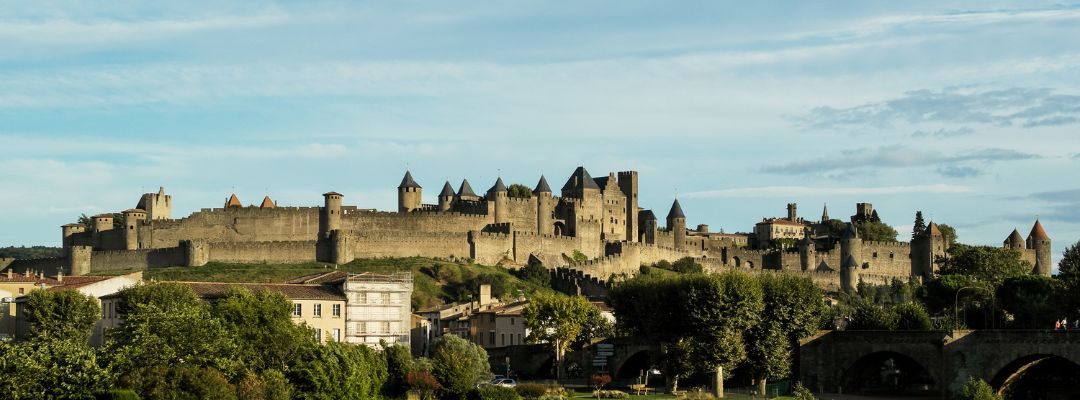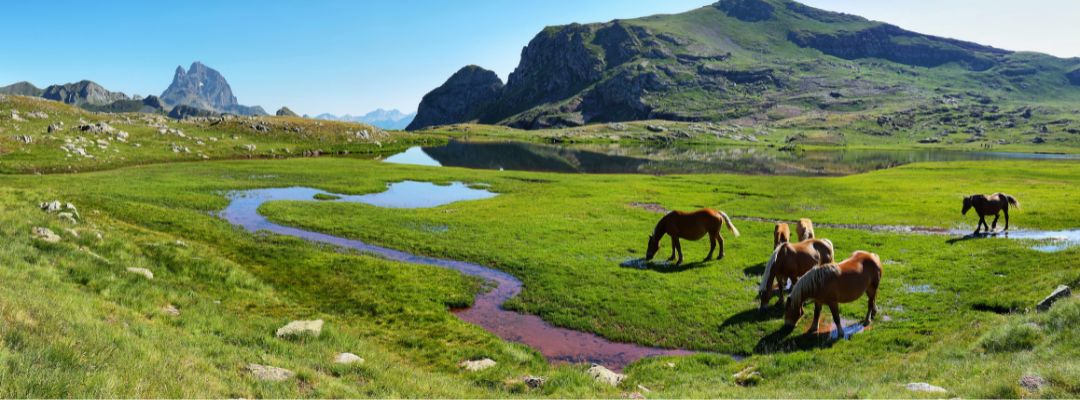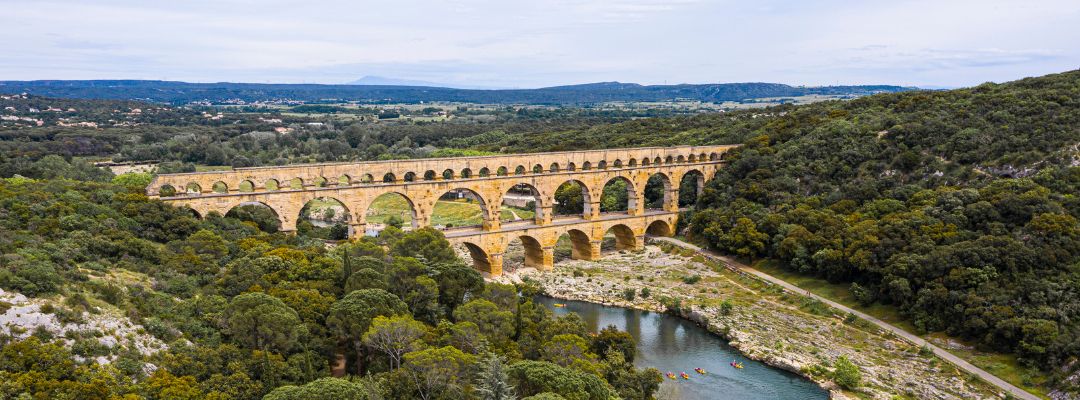About Occitanie
Occitanie Regional Description

This is the new region formed by the amalgamation of Midi-Pyrénées and Languedoc Roussillon. In 2016 the French government decided to amalgamate some departements of France to save administrative costs and these two departements become one, under the title of Occitanie. Whilst recognising this change, for regional information purposes we will continue to describe each area separately as they tend to have more differences than similarities.
Midi-Pyrénées Regional Description

The Midi-Pyrénées region was one of the largest regions of France being nearly the size of Austria.It spans the area from south of the river Dordogne right down to the Spanish border and as such offers an enormous diversity of landscape, lifestyle and property prices. The area includes the departements of Lot, Aveyron, Tarn et Garonne, Tarn, Gers, Haute Garonne, Ariege and Haute- Pyrénées. The climate throughout the area is warm and sunny for most of the year and access via Toulouse airport or TGV station is easy from most of the UK. The slow pace of life and low population density brings with it a quality of life so many of us are searching for these days. Buying a house in Tarn et Garonne is likely to bring you as much pleasure as buying a house in Gers or buying a house in Haute Garonne. The departments are fairly interchangeable and it will just be a matter of finding the very best house to suit your needs.
Toulouse is the only large town in Midi-Pyrénées with one third of the whole population of the area living there. The rest of the area consists of small towns and villages and enjoys the lowest population per square kilometre of any French region. If you are looking for a rural lifestyle in the sun then looking for a home in Midi-Pyrénées is to be recommended. The area is mainly an agricultural one with fields of sunflowers, wheat and maize plus orchards full of plum trees around Agen. There are very good vineyards to the north and to theeast livestock, especially sheep, live on the causses – the dry, limestone plateaux. The Midi-Pyrénées has so many navigable waterways, with two canals and four major rivers that there is enough boating in this region for everyone who loves the idea of slowly floating through the watery countryside. If you tire of boats, fishing and swimming you can enjoy any of the twenty plus traffic-free green cycle routes which wend their way through the countryside. It’s a region of leisurely boating and cycling, nothing is too rushed in Midi-Pyrénées, even your French house hunting trip will be gentle.
Despite its rural nature the departements of the old Midi-Pyrénées have a lot to offer culturally. Amongst my favourites are the amazing red brick cathedral of Saint Cecile in Albi and the Toulouse Lautrec museum nearby but you can choose to come right into the twenty first century with a visit to the Cité de l’Espace in Toulouse. Feeling energetic? Then you can climb the 374 steps of the Escalier Monumental in Auch, go climb a mountain or two, swim in a lake or choose to visit some of the numerous abbeys and churches along one of the three routes to Santiago de Compostella. There is always plenty to do in this enormous area and when you need to refuel you will surely delight in the many gastronomic specialities of the area.The Midi-Pyrénées, especially the departments of Tarn et Garonne, Haute Garonne, Ariège, Haute Pyrénées and Gers are certainly good places to start your search if peace, beauty, sunshine and easy access from the UK are on your list of ‘must haves’ for your house in France.
Languedoc-Roussillon Regional Description

So often people think of the South of France as being the destination of the privileged. The very sound of it conjures up an image of the Côte d’Azur, Nice, Cannes, St Tropez and a superbly decadent lifestyle. Lovely as this part of the south of France is, there is another part which is often overlooked, Languedoc-Roussillon which adjoins Provence to the east and Spain to the west. For anyone looking to buy a home in the south of France it is well worth investigating this less popular and less expensive part of the south.
The area offers a very diverse landscape with the Pyrénées mountains to the west and the marshlands of the Camargue, at the mouth of the Rhône river, to the east and many long stretches of sandy beach inbetween. There are lively and interesting towns such as Nîmes, Montpellier, Beziers, Perpignan and many more, so when you tire of the sea and countryside there is much to keep you busy in these and many other towns in the region. Whatever you are looking for when you search for French property it is likely that you will find it in this area.Not only does Languedoc Roussillon boast coast, mountains, castles and culture but it also has the Canal du Midi wending its way through the vineyards to the sea at Sète. There are also heather covered hills, enormous lakes and spectacular gorges. If you are looking for a property in Languedoc-Roussillon you will certainly be spoilt for choice of landscape and lifestyle.
Another major attraction of the area is the climate. With 300+ days of sunshine a year and wonderfully long, warm summers it is not surprising that people from all over the world have chosen to buy property in Languedoc-Roussillon. This does mean that property prices are higher than further north but there still remain many village houses for around £100,000, small coastal apartments at the same price and then incredible villas and farmhouses from £250,000 upwards, making property in Languedoc-Roussillon much more affordable than in the adjoining Provence.
Before buying a house in France it is important to consider the lifestyle your new home will offer you. The joy of being in the south is that for most of the year life is lived outside. On the beach, walking in the heather covered hills, cooling in the mountains or simply sitting in the numerous delightful village squares with your early morning coffee and croissant or sipping Pastis as you watch the sun go down, most of your days will be spent outside. Winters are short and usually sunny but do not be fooled, they can be cold. However, as so many of the locals are busy with the tourist trade the rest of the year, winter is a time for carnivals and festivals, for sharing meals with your friends and neighbours or simply for sitting by a log fire preparing for the long, hot summer days which are never far away.


